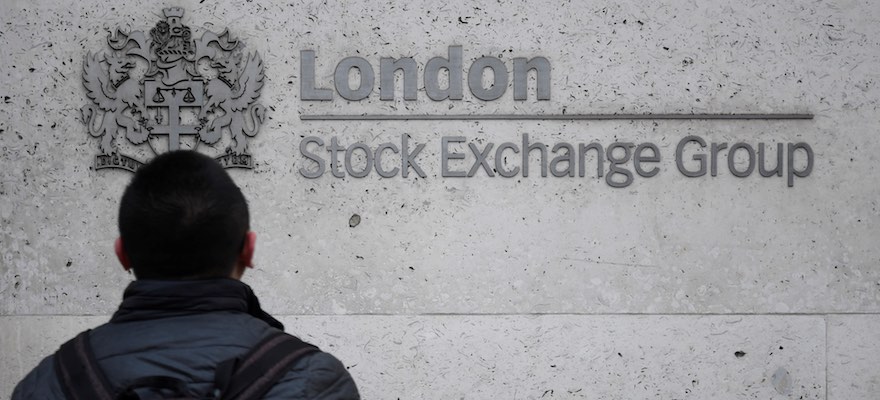The consensus view among economists is that solid hiring has become entrenched and wages may be following suit. That’s evident in forecasts for the February jobs report.
In addition to the headline employment number, Labor Department figures on the breadth of hiring, worker pay and the aggregate payrolls index that’s generated by combining jobs, hours and earnings will all provide insight into how well the labor market is positioned against a weaker global backdrop, said Carl Riccadonna, chief U.S. economist at Bloomberg Intelligence.
“These will be the more compelling signals for me,” Riccadonna said. “They will show consumers have fuel in the tank to keep increasing their spending. A better diffusion of jobs means all sectors of the economy are lifting together, not just one.”
Here’s what to watch for in the Labor Department’s report on Friday at 8:30 a.m. in Washington:
Payrolls
The median forecast in a Bloomberg survey of economists calls for an increase of 195,000 jobs after a 151,000 gain the prior month. Estimates range from 70,000 to 245,000.
The last report showed January employment eased from a 228,000-a-month average gain in 2015. Ward McCarthy, chief financial economist at Jefferies LLC in New York, is among those projecting that if the past is any guide, February payrolls also will fall short of the median estimate. Still, job growth will likely revert back to trend soon after, he said.
“Prior decelerations in payroll growth this cycle have tended to extend over two to three months, and we expect a re-occurrence of this pattern,” McCarthy wrote in a note to clients.
Jobless Rate, Wages
Unemployment is projected to hold at an eight-year low of 4.9 percent. It’s also the rate that Fed officials consider consistent with full employment, or the level below which inflation pressures start to build up.
Payrolls need to climb by at least 125,000 to keep the jobless rate stable, Riccadonna estimates. Others, such as Jim O’Sullivan, chief U.S. economist at High Frequency Economics Ltd, say even fewer would be enough.
“Employment growth needs to slow to no more than 100,000 per month, probably less, to stop the downtrend in the unemployment rate,” he said.
As the labor market tightens, employers are starting to offer higher pay to lure workers, especially those with the necessary skills and experience. The Fed’s latest Beige Book survey showed wage growth generally varied widely “from flat to strong.”
The February payrolls report is projected to show average hourly earnings climbed 2.5 percent from a year earlier, matching the increase in the 12 months through January. Sustained pay growth will help Fed policy makers gauge the outlook for inflation, which has recently shown signs of moving closer to their goal.
Across Industries
Changes in employment across industries will especially be of interest, given the prior report had some surprises.
Payrolls may get a big boost from hiring at schools, where employment dropped 39,000 in January, the most in records back to 1990. That field is subject to large seasonal swings caused by winter holidays at private universities that probably weren’t captured properly last month, according to Ted Wieseman, an economist at Morgan Stanley.
On the flip side, retail hiring may have cooled from the 58,000 surge in January, the most since November 2014.
A 29,000 gain last month in factory employment, which matched the biggest increase since August 2013, will probably reverse, economists said. The Bloomberg survey median calls for no change in February. For all of 2015, manufacturing payrolls climbed just 33,000. By contrast, hiring in construction was up nearly 300,000.
The effects of tepid overseas growth, retrenchment in the energy industry and inventory adjustments have cascaded down to factory floors. Weaker manufacturing employment has been outweighed by robust job gains in construction as builders tackle an increase in apartment and single-family developments, and more recently, civil projects such as street and highways.
To contact the reporter on this story: Shobhana Chandra in Washington at schandra1@bloomberg.net. To contact the editors responsible for this story: Carlos Torres at ctorres2@bloomberg.net, Vince Golle
By: Shobhana Chandra
©2016 Bloomberg News















